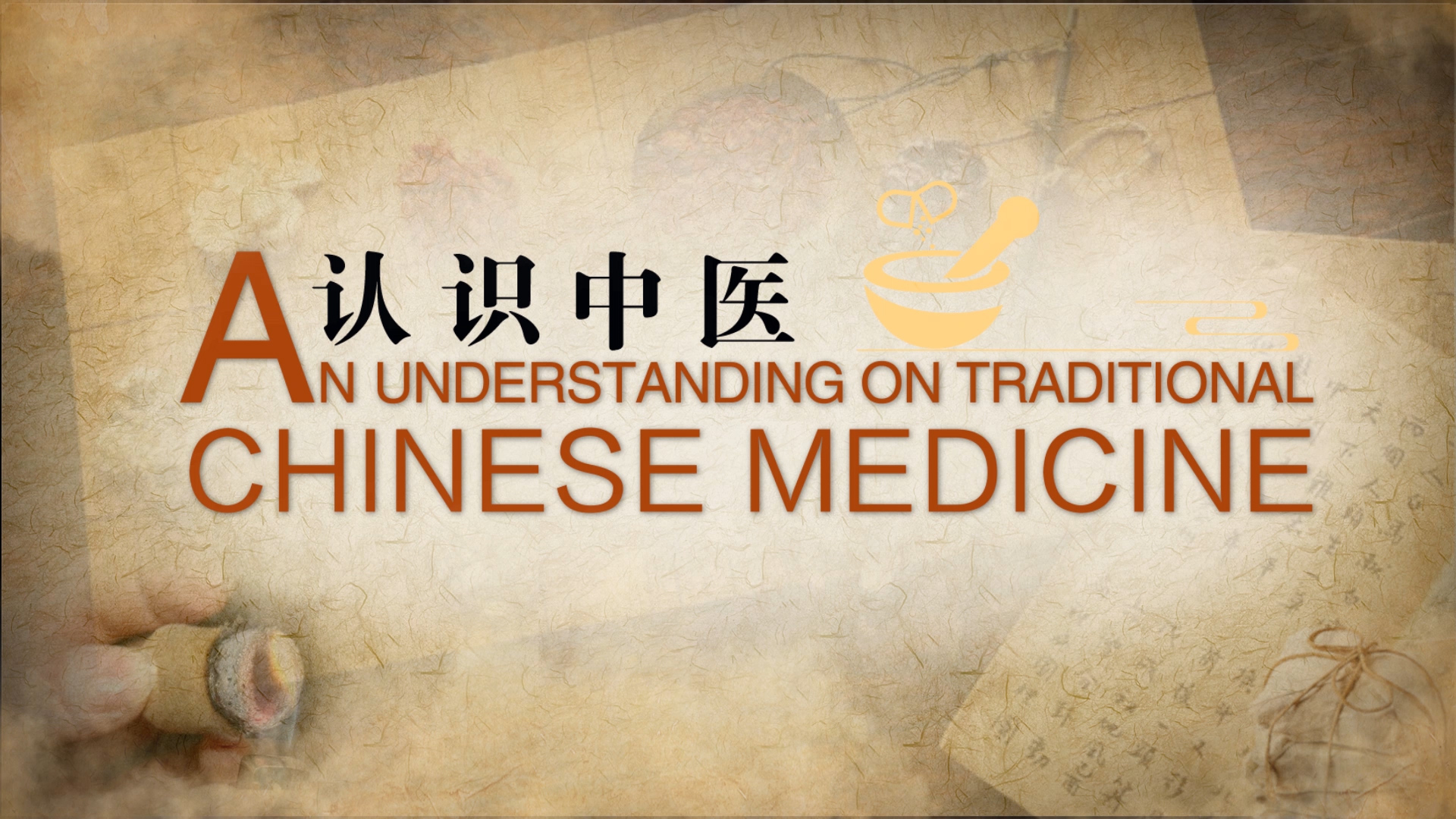第三章单元测试
- Which one is not attributed to earth? ( )
- The major point to differentiate zang-organs, fu-organs and extraordinary fu-organs is ( )
- The most important organs for mental activities are ( )
- The physiological function of sanjiao includes ( )
- Which organ can be classified into both fu-organs and extraordinary fu-organs? ( )
- Lung governs qi means that ( )
- Which organ is regarded as the middle source of water? ( )
- One of the physiological function of spleen is transformation and transportation. It is to transform and transport ( )
- The unyielding organ (刚脏) refers to ( )
- The pivot for ascent and descent of qi activities refers to ( )
- When spleen fails in governing rise of the clear, there may be ( )
- The organs closely related with water metabolism and respiration are( )
- The organs closely related with water metabolism and generation of qi are( )
- The relation between spleen and kidney mainly reflects in ( )
- Those not in the exterior-interior relationship are ( )
- In TCM, digestion involves cooperation among those fu-organs except for ( )
- The excretion of urine from urinary bladder actually relies on ( )
- Yin and yang of zang-fu organ is rooted from ( )
- Kidney’s function in respiration is ( )
- According to Theory of Visceral Manifestation, prolonged bone’s disease will affect ( )
- Qi transformation 气化, refers to various changes caused by the movements of qi. ( )
- The excretion and secretion of reproductive essence mainly rely on the collaboration between ( )
A:Anger
B:Later summer
C:Mouth
D:Dampness
答案:Anger
A:Different location.
B:Connection with meridians.
C:Different structures
D:Different physiological functions
A:Heart and lung.
B:Heart and kidney
C:Liver and gall bladder.
D:Heart and liver
A:Passing through defensive qi
B:Passing through water
C:Passing through original qi
D:Passing through nutritive qi
A:Brain
B:Gall bladder
C:Stomach
D:Kidney
A:Lung governs respiration.
B:Lung governs dispersing and descending.
C:Lung links with vessels.
D:Lung governs qi of the whole Body.
A:Spleen.
B:Heart.
C:Lung.
D:Stomach.
A:Body fluid.
B:Blood.
C:Grain and water
D:Qi and blood.
A:Kidney.
B:Liver.
C:Lung.
D:Heart.
A:Heart and kidney.
B:Lung and liver.
C:Spleen and stomach.
D:Lung and heart.
A:Vomiting of blood.
B:Gastroptosis.
C:Vertigo.
D:Cough and panting.
A:Lung and spleen.
B:Heart and lung.
C:Lung and kidney.
D:Lung and liver.
A:Lung and kidney.
B:Lung and spleen.
C:Lung and liver.
D:Heart and lung.
A:Water metabolism.
B:Sharing the common origin.
C:Mutual support and balance as water and fire.
D:Mutual support as the foundation of congenital constitution and the foundation of acquired constitution.
A:Lung and Sanjiao.
B:Heart and pericardium.
C:Liver and gall bladder.
D:Kidney and urinary bladder.
A:Small intestine.
B:Gall bladder.
C:Stomach.
D:Urinary bladder.
A:Qi transformation of sanjiao.
B:Qi transformation of urinary bladder.
C:Qi transformation of kidney.
D:Dispersion and descent of lung.
A:Heart yin and yang.
B:Kidney yin and yang.
C:Lung yin and yang.
D:Spleen yin and yang.
A:To inhale fresh air.
B:To keep the depth of respiration.
C:To exhale turbid qi.
D:To store qi.
A:Liver.
Chapter 4
B:Kidney.
C:Lung.
D:Heart.
A:False
B:True
A:Kidney.
B:Heart.
C:Liver
D:Spleen.
温馨提示支付 ¥3.00 元后可查看付费内容,请先翻页预览!

